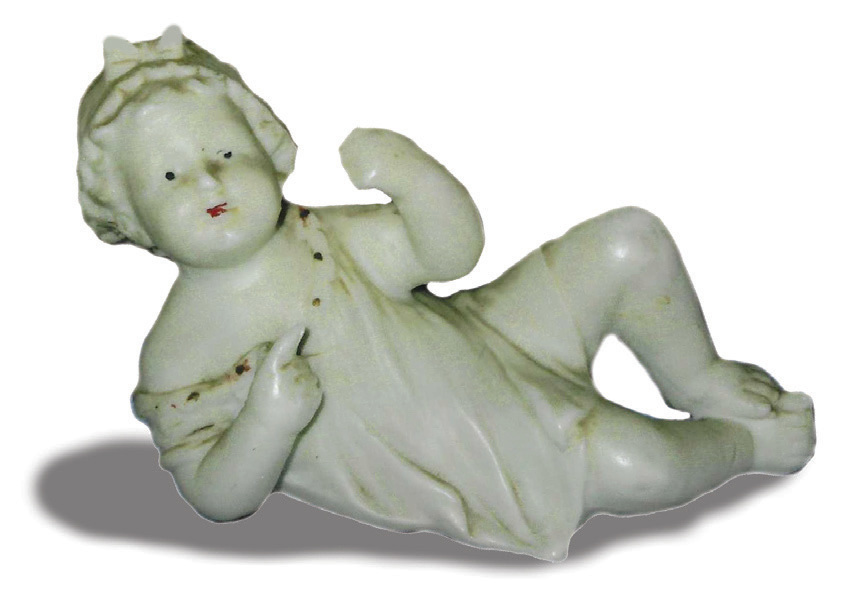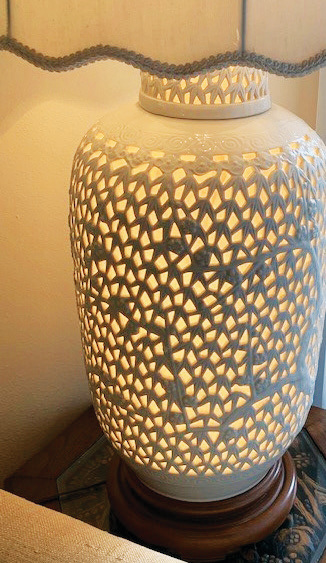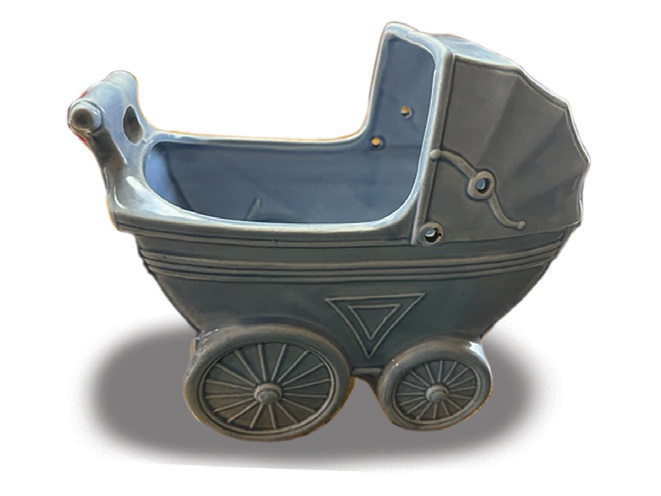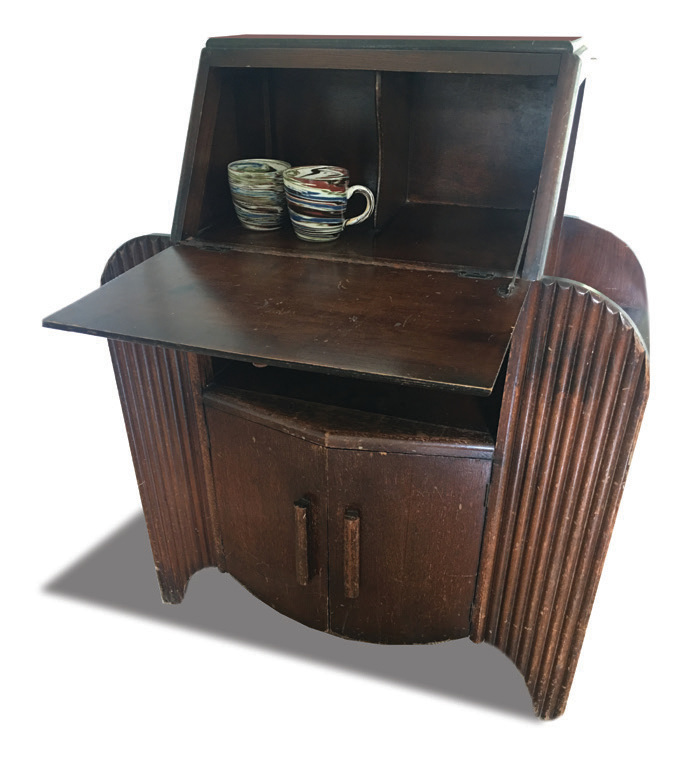Dear Connie Sue,
This doll was passed down to me. Aunt Nancy told me whatever I did to not break the finger. Any information you have would be appreciated.
M.L., Whitwell

Dear M.L.,
Your Aunt Nancy’s porcelain doll is called a piano baby. She was made in the 1870s. They were often displayed on pianos, but I see them in display cabinets and on wall shelves.
Although I cannot see a mark, she might have been made by Carl Schneider in Germany. His babies were sparsely decorated but with the distinctive, cute baby poses, molded hair and expressive fingers. She might sell for $28 to $55.
I agree with Aunt Nancy. If you break the finger, she’s worth less than $10 because the first thing you’d see would be a broken finger.

Dear Connie Sue,
Here are photos of what I believe are porcelain lamps (we have two). My grandfather was in World War II, Korean and Vietnam wars.
He came home with these after missions in the Philippines, India or somewhere in Asia. The interior of the porcelain section also lights up in the lamp. We know very little about these, and I don’t see any labels or initials on the exterior.
Chris, Nassau, Bahamas
Dear Chris,
The pair of porcelain lamps are called blanc de chine. They were made first in China with an open work porcelain base revealing lotus branches. A pair sold recently at auction for $175. Like all decorative arts items, they can sell for less in need-to-liquidate situations.
Yours are stunning. The open work base provides subtle low light, and the traditional socket and bulb at the top provide enough light for handwork or reading.

Dear Connie Sue,
My daddy gave my mother a bouquet in this vase when I was born in March 1951. Can you tell me anything about the stamp on the bottom, which says, “Made in Occupied Japan”?
Nelle, Winchester
Dear Nelle,
The mark “Made in Occupied Japan” was used from 1945 to 1952 when United States troops occupied Japan after World War II. Florists and Woolworth were probably the best known distributors of items with this mark. Your little blue ceramic stroller is worth around $8.

Dear Connie Sue,
We purchased this piece of furniture decades ago from a man in California. I’ve had furniture dealers tell me how unique it is, and I wonder about its value. What do you think?
Doreen
Dear Doreen,
Made between 1930 and 1939, this art deco case piece was used as a drop-front desk. Although I can’t see them clearly, I think there are shelves on each side. Comparable desks from that era sell from as little as $100 at an estate sale to $400 in a high end shop.
With added mirror top and back behind the drop front, I’ve seen similar desks transformed into bars. In this form, the side shelves held glasses, and bottles could be hidden behind the drop front. Value remains the same.
Note to Trisha, the lady with all the Haviland (April 2022): Martha and Vickie asked that I tell you about Replacements.com. This online site sells replacement dinnerware from thousands of companies and their patterns. I consider the site’s prices for insurance replacement appraisal reports.


